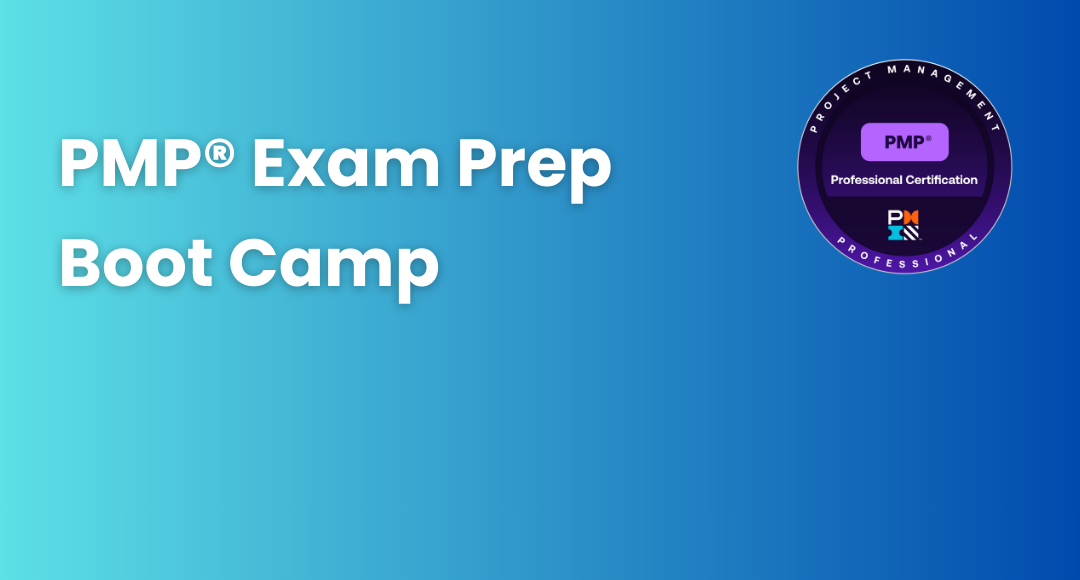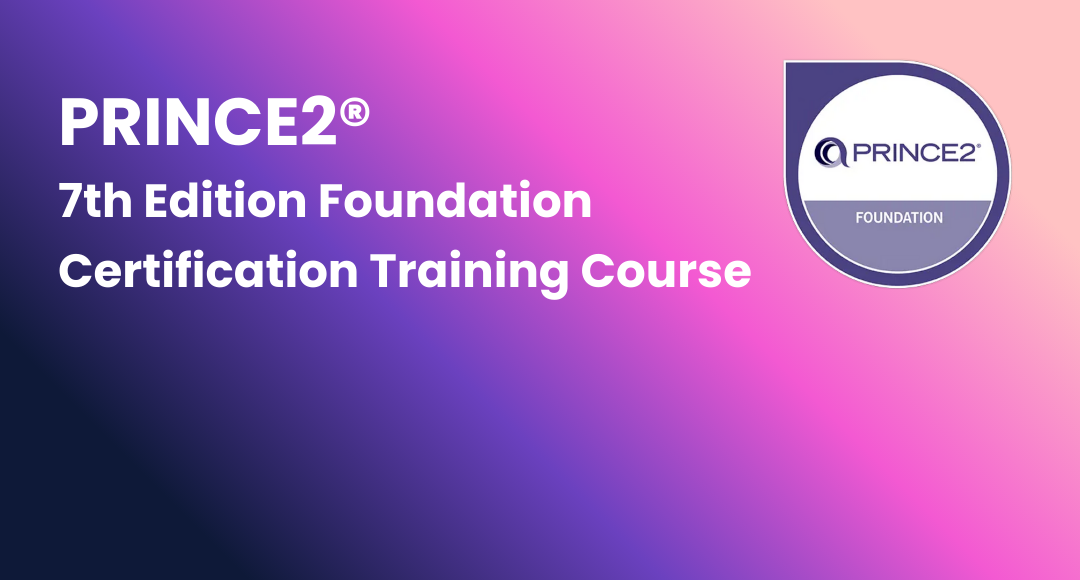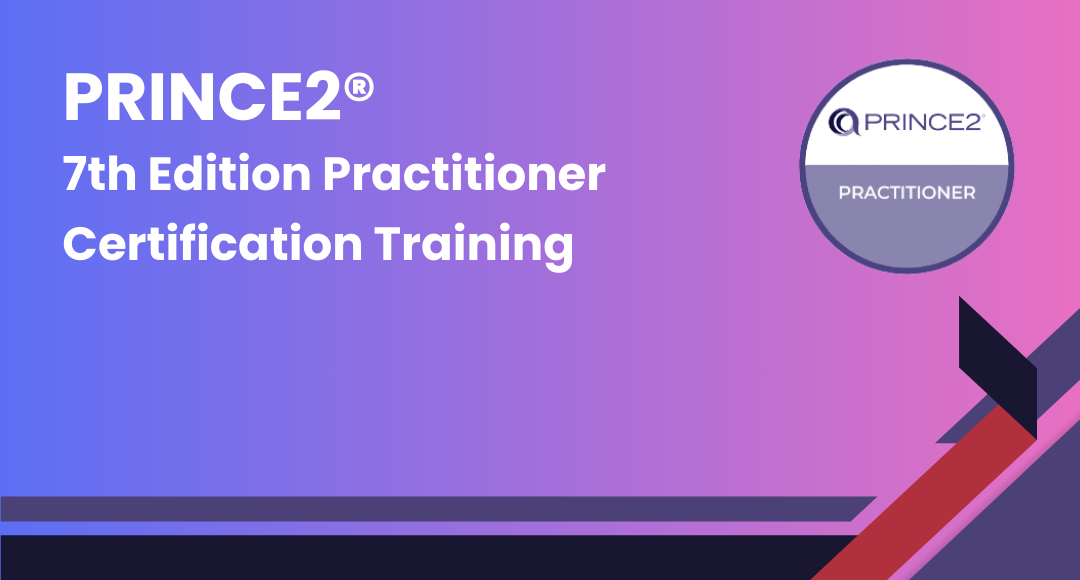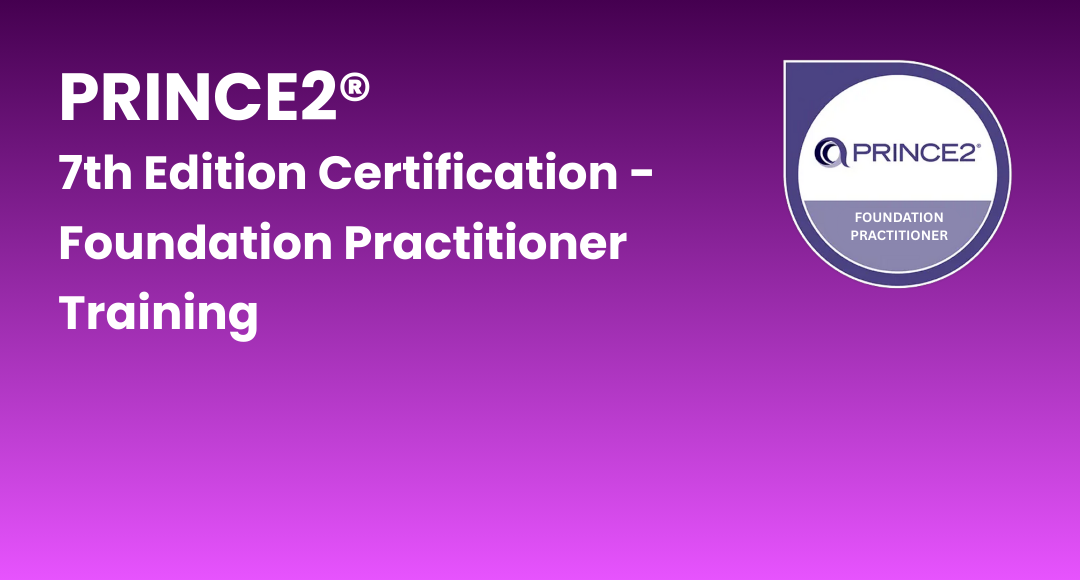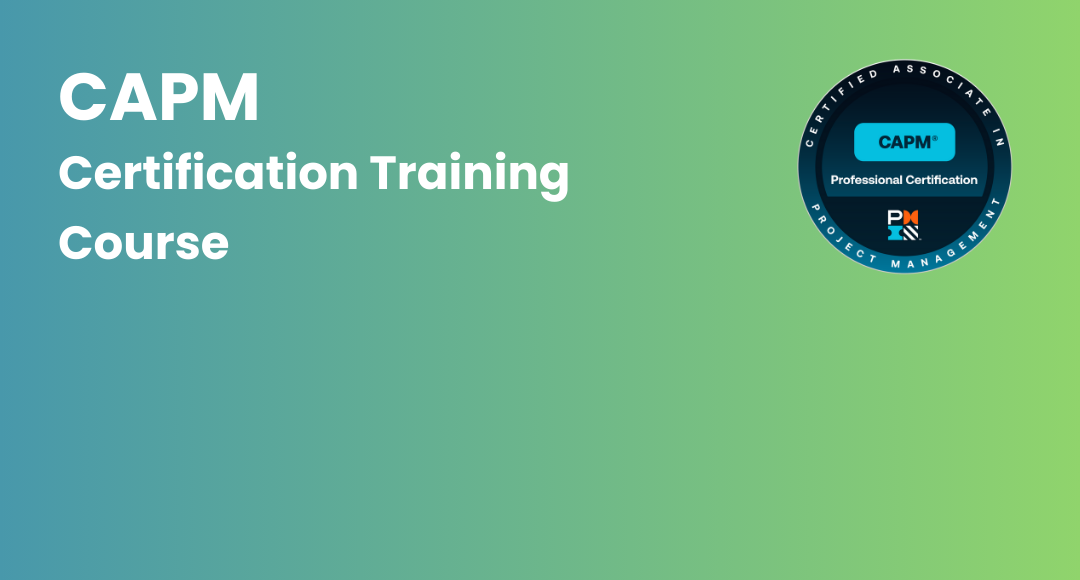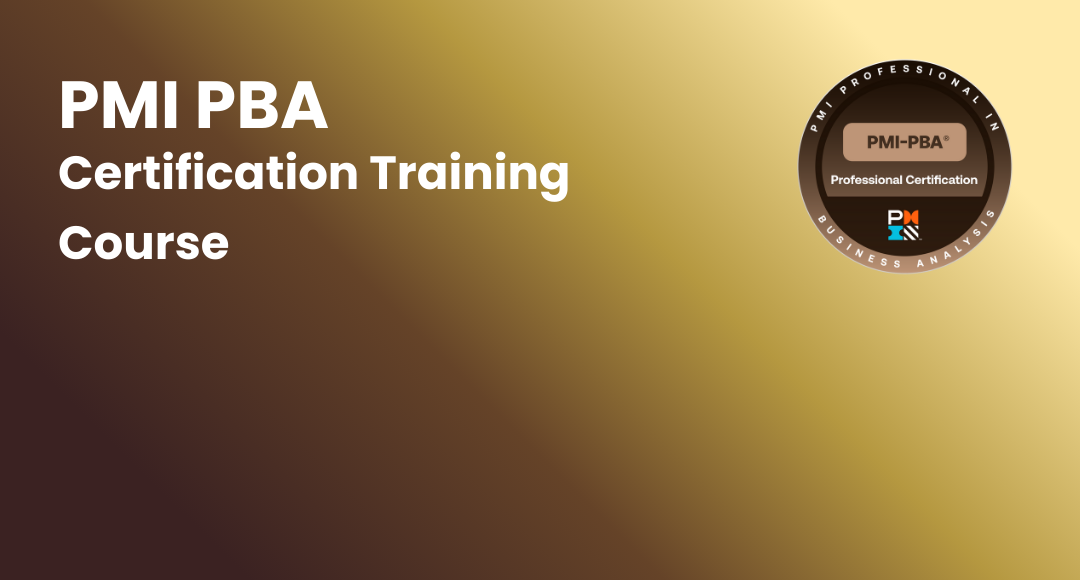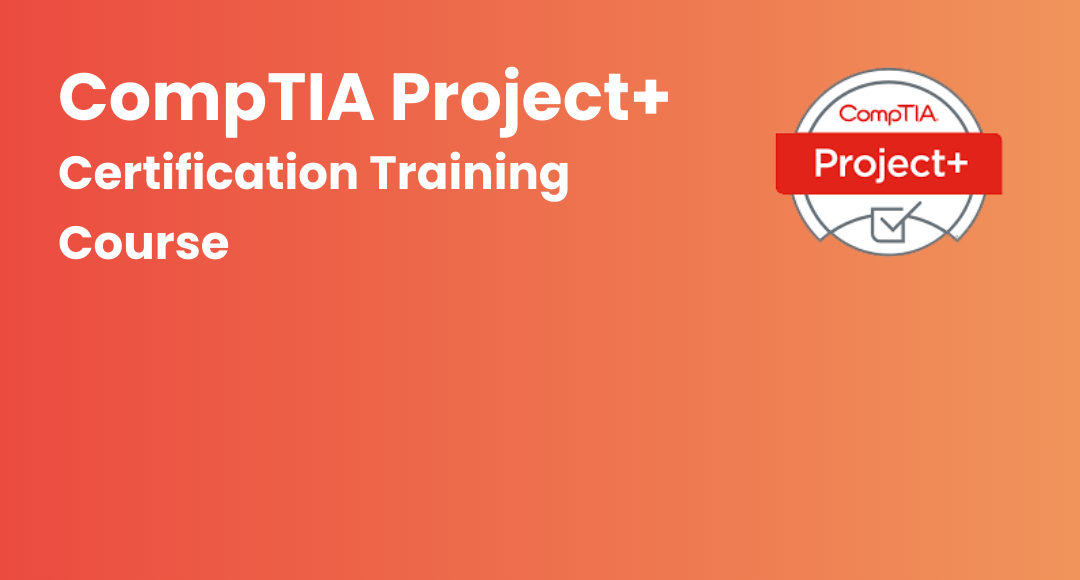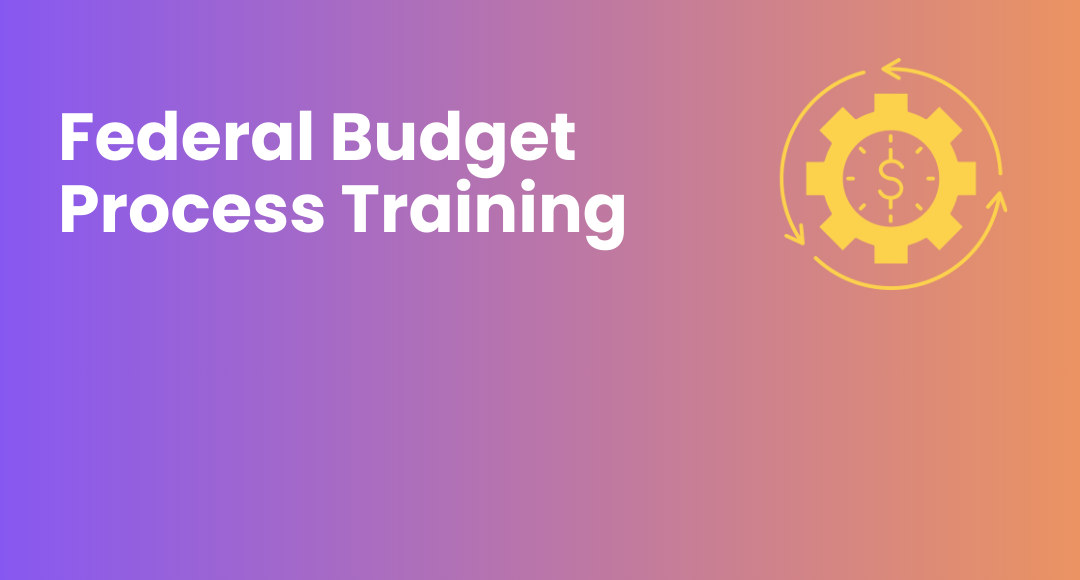Project Scope Statement: How to Write One With Example
-
 By Sushmith
By Sushmith - Published on Mar 19 2025

What is Project Scope?
The scope of a project is the entire sum of all the work tasks and activities that must be executed within the project. Writing a project scope document involves gathering all the data regarding the stakeholder’s requirements and demands that are required to get the project started.
For project managers, it is important to first understand the project objectives and requirements to write a Project Scope Statement Example. A project scope statement is documented after clearly defining the project scope. This helps in defining the boundaries of a project, along with all the necessary tasks that must be performed and others that should be ignored.
Project managers use Gantt chart tools to not only allocate project resources for project tasks but also to set scopes. This helps them understand the project plans and be clear about them to the team members. This results in promoting the quality of projects and keeping the staff productive.
In the following sections, we shall learn in depth about what a project scope statement is and how to write one with an example.
Table of Contents
What is a Project Scope Statement?
As defined in the PMBOK Guide, "The process of describing project scope, boundaries, and deliverables as a form of documentation is called a Project Scope Statement." This documentation provides details of the project and its product scope-related tasks, like project limitations, project milestones, descriptions of the designed project tasks, and more. Not only does a project scope statement allow project managers to keep track of the project, but it also helps project stakeholders stay updated about the deliverables and the changes made to the project.
A scope statement is used on multiple occasions for multiple clarifications. Your project scope statement acts as a key for understanding the elements of the project scope statement and the objectives for delivering the product. Project stakeholders use this as a tool of reference to measure the progress of the project’s succession.
Importance of Project Scope Statement
A significant insight encountered during the creation of the project scope statement is:
- Understanding in detail about the project and its connections with the company’s objectives.
- Ensuring timely project deliveries within the required time constraints and improving efficiency.
- Confirming resource availability to meet the demands of the project.
- Facilitating seamless collaboration among team members and stakeholders throughout the project.
- Managing stakeholder expectations and establishing clear boundaries and innovative constraints for the project team.
- Documenting assumptions and dependencies to help anticipate and mitigate potential issues.
How to Write your Project Scope Statement?
Now that we know how important this project management document can be, let’s discuss how to design and write a project scope statement for your project from scratch. The following components of a project scope statement are a few steps project managers must consider when agreeing on the complete design of a project scope statement.

1. Derive Project Goals and Objectives
This might sound repetitive, but yes, that is how important it is to first derive the project objectives and goals before starting a project because these are what define a project. A Project Scope statement must be documented by first explaining these goals and objectives.
2. Concluding Project Requirements
Project managers and stakeholders must come to an agreement about deciding the project scope and project requirements. With them listing out all the requirements, the decision-making is left alone for the board members. These include quality, applications, and resources like tools and cost.
3. Describing the Project Scope
Now, here is where it all truly starts. This is a very important step that describes all the project tasks and activities that complete the project. Simply by following a few steps, the project manager can plan and describe the project scope, and following are a few of them:
– Visualizing project tasks, activities, deliverables, and resources is made easy by using the Work Breakdown Structure (WBS).
– Knowing what falls within the project scope and what falls outside is important. Listing all possible things can give a brief idea of what to consider in the project and what to exclude.
– Identify project constraints or limitations, like project cost and resources like time.
– Now, compare the project's overall progress when agreeing with the planned project scope and create a scope outline.
It should be noted that minimal things like project exclusions and project constraints should not be ignored since they play a major part in establishing boundaries.
4. Identifying Exclusions
As imperative as it is, setting boundaries for your project does not only include identifying what things to include; it is also equally important to list what not to include. Activities like including international application updates for later projects and rescheduled client or customer support can also be considered exclusions.
5. Deciding constraints
After understanding what to include and what to exclude, the project would now become an easy puzzle to solve. Now, it is time to manage the project constraints in order to make this happen as planned. Time, money, and project scope are interconnected and are called the triple constraints of project management.
Apart from these three, there are other project constraints like project method, project risk, project resources, and more. By listing all the constraints you can foresee in the project, you will have solutions ready in advance for any future instances and incidents.
6. Project Assumptions and Deliverables
In the majority, project assumptions would redirect to the same constraints, like time and money. And it is very important to list out all the assumptions and constraints since it delivers insights by identifying the biggest risk factors and also reporting about the primary resources to the key stakeholders.
You might already know that deliverables are also as important as deriving the project constraints. Including a few key components like marketing guides, advertising operations, product installation guides, and more, you must list all deliverables that your team members must produce.
Master your project’s success with our complete guide to Project Scope Management.
Read more: Project Scope Management Guide
Project scope statement sample
Understanding these concepts theoretically is as easy as reading Sprintzeal’s blogs, but the knowledge and experience for their practical applications only come from practicing. The following is the project scope statement example to help you better visualize how to create one. This sample demonstrates "How to write a project scope statement" using structured components.

This sample template was created in Microsoft Word. Utilizing a few software tools can also benefit a project management team in many ways. Project management tools like Kissflow, Trello, Projectmanager, and JIRA provide a very versatile interface and platform for all your project management tasks and activities. With this said, it not only saves time but also helps provide flexibility in editing, formation, tracking, and optimization when compared to doing it traditionally.
Benefits of Defining the Project Scope Statement Early
A Project Scope Statement is very crucial for Project Management, outlining the project's objectives, deliverables, and boundaries. These are some of the key benefits:
- Provides complete information on the project's objectives, ensuring that everyone understands what has to be accomplished.
- Establishes the project's scope, reducing scope creep by specifying what is and is not included in the project.
- Ensures effective stakeholder communication by referring to the scope statement to address and explain project specifics.
- The scope statement aids in resource allocation by defining deliverables and objectives, ensuring that the proper amount of time, budget, and labor is provided.
- Aligns stakeholder expectations with project reality, preventing misunderstandings about what can be accomplished.
- The project scope statement aligns all team members to common project goals that promote better collaboration and clarity on roles.
- An early scope definition at the earliest can help prevent legal or industry norms and internal policies for the project from being missed, i.e., reducing the compliance risk.
Tips to Write a Project Scope Statement
These best practices should be taken into account while creating your project scope statement:
- Use simple, clear language: Keep your language simple and consistent since you will be communicating with people from various departments and specialities.
- Keep it short: What will be a project document that needs to germinate the stakeholders will no doubt need more editing before the final sign-off and later needs to serve as a simplified quick reference guide. So keep it simple and save your verbiage for your holistic project plan to come.
- Make sure it answers questions: Your project scope statement should clearly address key questions, such as: What is the purpose of the project? What are the major deliverables? What are the limitations or exclusions? Who is responsible for what? Answering these will help align stakeholders with the project's objectives.
- Be specific about deliverables: Clearly state the objectives of the project. Make sure all stakeholders involved know exactly what is expected of you, whether it's a product, a service, or a combination of the two.
- Define measurable success criteria: Indicate the metrics, deliverable completion, or project timelines that will be utilized for assessing the project's success. This guarantees that everyone knows what success looks like.
Conclusion
The process of defining the project scope, boundaries, and deliverables as a type of documentation is known as a project scope statement or project scope documentation. It serves as a guide for understanding the project's components and the goals for completing the product. This is used as a benchmark by project stakeholders to measure the success of the project's continuation.
This documentation helps offer details about the project and its product scope-related duties, such as project constraints and milestones, in addition to allowing project managers to keep track of the project. Managers may quickly create a scope statement with the aid of a project scope example.
You might as well consider reading the following blogs to under better about project management and project manager skills.
Project Management Phases Explained
Digital Project Manager – Skills, Salary, And Scope
Project Manager Resume Guide – Best Tips And Examples
Top Project Manager Interview Questions And Answers 2025
Explore all our project management courses and enroll now to successfully land your desired profession. Visit our all courses page to explore the variety of services offered for the courses provided. To proceed further or to clarify any course-related doubts, request a callback or chat with our course expert now.
FAQ’s
1) What are the components of Project Scope Statement?
- Derive Project Goals and Objectives
- Concluding Project Requirements
- Describing the Project Scope
- Identifying Exclusions
- Deciding constraints
- Project Assumptions and Deliverables
2) What is the Project Scope and example?
The scope of a project is the entire sum of all the work tasks and activities that must be executed within the project. A project scope document involves gathering all the data regarding the stakeholder’s requirements and demands that are required to get the project started.
3) What is the purpose of the Project Scope Statement?
A scope statement is used on multiple occasions for multiple clarifications. Your project scope statement acts as a key for understanding the elements of the project and the objectives for delivering the product. Project stakeholders use this as a tool of reference to measure the progress of the project’s succession.
4) What are the benefits of Project Scope Statement?
- Establishes the project's scope, reducing scope creep by specifying what is and is not included in the project.
- Ensures effective stakeholder communication by referring to the scope statement to address and explain project specifics.
- The scope statement aids in resource allocation by defining deliverables and objectives, ensuring that the proper amount of time, budget, and labor is provided.
5) Why is a Project Scope Statement important?
A Project Scope Statement is crucial because it outlines the objectives, deliverables, and boundaries of a project. It helps project managers and stakeholders clearly understand the project’s goals and limits, preventing scope creep and misunderstandings, and it serves as a reference throughout the project lifecycle.
6) Who is responsible for writing the Project Scope Statement?
The Project Manager is typically responsible for writing the Project Scope Statement, but they collaborate closely with stakeholders, project sponsors, and the project team to ensure all objectives, requirements, and constraints are accurately captured.
Subscribe to our Newsletters
Popular Programs
CAPM® Certified Associate Project Management
Live Virtual Training
- 4.4 (962 + Ratings)
- 40k + Learners
Trending Posts
Project Timeline: How to Build One, Definitions, and Examples
Last updated on May 17 2023
How to Become an ISO 21502 Lead Project Manager
Last updated on Aug 28 2024
Netflix's Binge-Worthy Project Management
Last updated on Mar 13 2025
Project Management Interview Questions and Answers for Managers
Last updated on Aug 12 2024
Issue Log in Project Management - Uses and Importance
Last updated on Jul 4 2023
Project Scope Management Guide 2024
Last updated on Dec 5 2022
Categories
- Other 66
- Agile Management 56
- Cloud Computing 51
- Project Management 170
- Big Data 58
- Business Management 82
- Digital Marketing 73
- IT Service Management 29
- Programming Language 50
- AI and Machine Learning 68
- IT Security 109
- Quality Management 77
- IT Hardware and Networking 25
- Microsoft Program 4
- Workplace Skill Building 12
- Risk Management 9
- Information Security 8
- Leadership and Management 7
- Corporate Training and Development 1
Trending Now
Issue Log in Project Management - Uses and Importance
ArticleSupply Chain Response And The Factors Involved In It
ArticleBest Agile tools for Project Managers in 2024
ArticlePMI-PMP® Exam Changes Explained in 5 Minutes
ebookProject Initiation Phase - Importance and Roles Involved
ArticleDelphi Technique and Its Role in Project Management
ArticlePMBOK Guide and Project Management Certification Updates 2024
ArticleHow to Use Google Calendar as a Project Management Tool
ebook10 Reasons Why You Should Get PRINCE2 Certification
ArticleCAPM Cheat Sheet 2024
ArticleCAPM Certification Study Guide
ArticleCAPM Certification Exam Preparation Guide 2024
ArticleTop Benefits of CAPM Certifications
ArticleGuide to Advancing Project Management Career with PMP Certification
ArticlePMP Vs PRINCE2 - Which Project Management Certification is Better?
ebookProject Management Interview Questions and Answers for Managers
ArticleProject Management Software to Use in 2026
ebookBest project management certifications in 2026
ArticleProject Feasibility Study in Seven Steps
ArticleCAPM vs PMP – Which Project Management Certification Is Better?
ArticleProject Scope Management Guide 2024
ArticleProject Management Complete Guide 2024
ArticleCAPM Exam – Difficulty, Details and Preparation Tips
ArticleWhat is Project Management?
ArticleIs it worth getting the CAPM certification?
ArticleIs PMP Better than MBA?
ebookWhat is PMI ACP certification?
ArticleIs PMP exam difficult?
ArticleIs PMI ACP worth it?
ArticlePMP or CAPM – which is better?
ArticleWhat is pass percentage for the CAPM exam?
ArticlePMP or PMI ACP – which certification should you get?
ArticlePMP Certification Cost Details
ArticleHow to get PMP certification - Guide 2025
ArticleHow to create an effective project plan
ArticleTop Project Manager Interview Questions and Answers 2024
ArticleGuide to Change Management for Organizational Transformation
ArticleResource Manager Interview Questions and Answers 2024
ArticleTop Project Manager Qualifications and Career Path in 2024
ArticleNetwork Diagram - Types, Topology and Use in Project Management
ArticleProject Management Life Cycle and Its Phases
ArticleGuide to Project Management Processes, Methodologies and Lifecycles
ArticleProcess Capability Analysis Explained
ArticleFinancial Risk and Its Types
ArticleConstruction Project Management - Roles, Stages and Benefits
ArticleRisk Management Strategies in Project Management
ArticleProject Management Principles - 12 Essentials
ArticleProject Management Framework Guide
ArticleStrategic Management Guide 2024
ArticleProject Management Books List - Best of 2024
ArticleProject Documentation and Its Importance
ebookProject Management Tips - Best of 2024
ArticleProject Management Apps Best of 2024
ArticleDigital Project Manager – Skills, Salary, and Scope
ArticleProject Communication Plan – How to Create and Use
ArticleEarned Value Management and Its Significance
ArticlePlanning Poker Estimation Technique
ArticleProject Management vs Product Management
ArticleProject Crashing in Project Management
ArticleProject Controlling and its Importance in Project Management
ArticleProject Report and its Significance in Project Management
ArticleEstimate at Completion - Formulae and Calculations
ArticleProject Cost Management Guide 2024
ArticleProduct Lifecycle Management
ArticleProject Portfolio Management Guide
ArticleProgram Manager vs Project Manager - Comparison of Roles and Careers
ArticleWBS Dictionary - A Beginner's Guide
ArticleStakeholder Analysis and Stakeholder Management Guide
ArticleProject Management Phases Explained
ArticleProject Management Knowledge Areas
ebookLeadership Theories for Managers
ebookPMP Pass Rate in 2024 - Guide to Clear the PMP Exam
ebookProject Schedule Management Guide for Beginners
ebookProject Integration Management Guide
ArticleProject Risk Management Guide
ArticleProject Resource Management Guide
ArticleProject Quality Management Guide
ArticleProject Procurement Management Guide
ArticleProject Deliverables in Project Management
ebookConflict Resolution in Project Management
ebookPERT vs CPM in Project Management
ebookGantt Charts - The Ultimate Guide
ebookWork Breakdown Structure in Project Management
ebookTop Gantt Chart Makers in 2024
ebookGantt Chart Tools - Best of 2024
ebookHow to create a work breakdown structure
ebookProject Manager Resume Guide – Best Tips and Examples
ebookProduct Management Frameworks - The Ultimate Guide 2024
ebookProduct Planning - A Beginner's Guide
ebookWhat is Product Management? - A Beginner's Guide
ebookGuide to Project Stakeholder Management
ebookPMP® Certification Salary: Job and Salary Scope in 2024
ebookTop Project Engineer Skills
ebookGuide to Technical Project Management
ebookTop 10 project management competencies
ebookNegotiation in Project Management: The Utimate Guide
ebookTime Management in Project Management - Steps to Implement it
ebookTop Program Manager Skills of Successful Program Managers
ebookA Brief Guide to Conflict Management Approaches
ebookWhat is a Risk Management Plan? A Comprehensive Guide
ebookWorkflow Diagram - Steps to Create, Symbols, Types, and Uses
ebookBest Practices to Measure Resource Utilization
ebookWorkload Management: How to Optimize Your Team’s Workload?
ebookWhat is Project Execution? A Comprehensive Guide
ebookProject vs Program Management: Key Differences
ebookKanban Methodology in Project Management – A Complete Guide
ebookHybrid Project Management Guide 2024
ebookProject Characteristics: Key Elements in a Project
ebookThe Ultimate Guide to the Waterfall Methodology in Project Management
ebookProject Budget: Definition, Overview & How to Create One
ebookThe Ultimate Project Kickoff Meeting Guide
ebookProject Timeline: How to Build One, Definitions, and Examples
ebookStatement of Work in Project Management Guide 2024
ebookProject Management in Product Development : Essential Role
ebook10 Best Change Management Tools to Use
ebookMastering Resource Scheduling to Unlock Project Success
ebookProject Risk Analysis: Tools, Templates & Best Practices
ebookHow to Write a Project Summary: Four Easy Steps
ebookTop Leadership Skills: Mastering the Art of Effective Leadership
ebookHow to Write a Project Descriptions: A Step-by-Step Guide
ebookWhat is Project Monitoring? A Comprehensive Guide
ebookWhat Are Project Fundamentals? A Quick Guide
ebookKanban Board: A Detailed Guide to Understanding and Usage
ebook10 Effective Management Styles for Leaders (With Real-Life Examples)
ebookProduct Manager Career Path: What to Expect
ArticleCareer Path for Program Manager - Strategic Navigation for Professional Growth
ebookExploring Career Path for Product Owner
ebookAn Ultimate Guide to Project Coordinator Career Paths
ebookHow to Become an ISO 21502 Lead Project Manager
ArticleWhat are the Basics of ISO 21502 Foundation? A Brief Guide
ebookThe Role and Responsibilities of an ISO 20400 Lead Manager
ArticleEnergy Saving Standards and ISO 50001 Best Practices
ebookComparing Different ISO Certifications for Project and Energy Management
ebookGuide to ISO Certifications for Effective Project and Energy Management
ArticleWhy ISO 50001 is the Perfect Match for Energy Efficiency?
ArticleAI Tools for Project Managers: A Game Changer for Project Success
ArticleAbout Disney’s Project Management: Where Magic Gets Real
ArticleMcDonald's Recipe to Success - A Perfect Project Management Case Study
ArticleToyota’s Project Management: A Road to Greatness and Innovation
ArticleNetflix's Binge-Worthy Project Management
ebookUnder Armour’s Project Management Approach
ArticleWipro Project Management: Core Lessons from Tech Giant
ArticleProject Management at Google: Tools and Success Stories
ArticleCoca-Cola Project Management Strategy and Key Insights
ArticleAI in Project Management: Transforming the Future of Work
ArticleBehind the Scenes: How Apple Executes Projects with Flawless Precision
ArticleTesla's Advanced Project Management: Accelerating the Future
ArticleBeats to Business: Spotify's Project Management to Redefine Music
ArticleTop AI Project Management Software to Elevate Your Workflow
ArticleProject Management Office: Step-by-Step Guide to Start a PMO
ArticleWhat is a Project Management Information System?
ArticleHow Microsoft Balances Innovation and Project Management?
ArticleWhat is Agile Project Management? A Beginners Guide
ArticleIKEA Project Management: What to Learn and Stay Competitive
ArticleHow Did Nike Become a Global Leader?
ArticleIntel's Master Project Management Formula
ArticleSamsung Pioneer in Project Management: The Secret Behind It
ArticleAmazon Logistics Strategies That Dominate Retail
ArticleRemote Project Management Success: Key Strategies and Career Opportunities
ArticleStreamlining Workflows: The Best Digital Tools for Professionals
ArticleUnderstanding the Financial Risks in Sponsorships and How to Avoid Them
Article3 Real Disasters That Teach Critical Project Risk Planning Lessons
ArticleInterview scheduling automation: Streamlining the candidate experience
Article3 Quality Gaps That Can Ruin Your Project Outcomes
ArticleBest 4 Construction Drawing Management Tools to Boost On-Site Efficiency
ArticleEssential Jira Interview Questions for 2025
ArticleProduct Development Cycles That Keep Innovation on Schedule
ArticleSmarter Projects with AI
ArticleLegal Project Management for PMs: A Practical Starter Guide
Article

